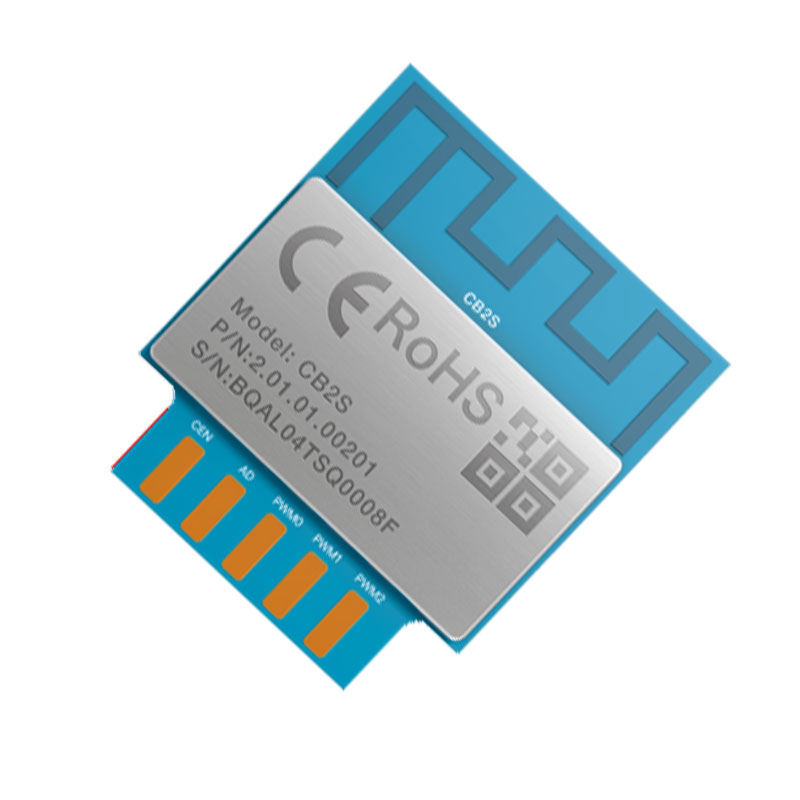Are IoT modules truly plug-and-play? This question has been lingering in the minds of developers and technology enthusiasts alike. In this article, we delve into the compatibility and ease of use of IoT modules, assessing their true plug-and-play nature.
Before exploring the compatibility of IoT modules, let's first clarify what it means for a device to be plug-and-play. Plug-and-play refers to the ability of a device to be connected or added to a system without the need for complex installation procedures or manual configurations. The device should seamlessly integrate with the existing system, automatically detecting and configuring its settings.
Compatibility plays a crucial role in achieving true plug-and-play functionality. IoT modules need to be compatible not only with the overall IoT system but also with other devices and protocols being utilized. This compatibility ensures that the module can seamlessly communicate and collaborate with other components within the IoT network, enhancing interoperability and ease of use.
Although IoT modules are designed to be plug-and-play, there can be challenges in integrating them into an existing system. These challenges may arise from differences in communication protocols, data formats, or power requirements. Developers need to address these challenges by using gateways, middleware, or adapters to bridge the gaps and ensure smooth integration.
In a true plug-and-play scenario, the configuration and setup processes should be intuitive and hassle-free. IoT modules should come with user-friendly interfaces, allowing users to easily configure settings and parameters. Additionally, the modules should provide extensive documentation and support resources to guide users through the setup process effectively.
To enhance the plug-and-play experience of IoT modules, industry-wide standardization efforts are crucial. Through standardization, compatibility issues can be minimized, and interoperability between different IoT devices can be maximized. Standardization organizations, such as the Internet Engineering Task Force (IETF) and the Institute of Electrical and Electronics Engineers (IEEE), play a vital role in defining common protocols and specifications.

In conclusion, while IoT modules aspire to be plug-and-play, achieving true compatibility and ease of use requires consideration of various factors such as compatibility, integration challenges, simplifying configuration, and leveraging standardization efforts. By addressing these aspects, developers can create IoT modules that seamlessly integrate into IoT systems, offering a true plug-and-play experience for users.
 Trolink Joint With Tuya to Make Iot Benefit Every Family
Trolink Joint With Tuya to Make Iot Benefit Every Family
 5 Key Indicators for WiFi Module Selection You Have to Know !
5 Key Indicators for WiFi Module Selection You Have to Know !
 IOT module is the brain of smart products
IOT module is the brain of smart products
 What is the signal coverage range of the WiFi module chip?
What is the signal coverage range of the WiFi module chip?